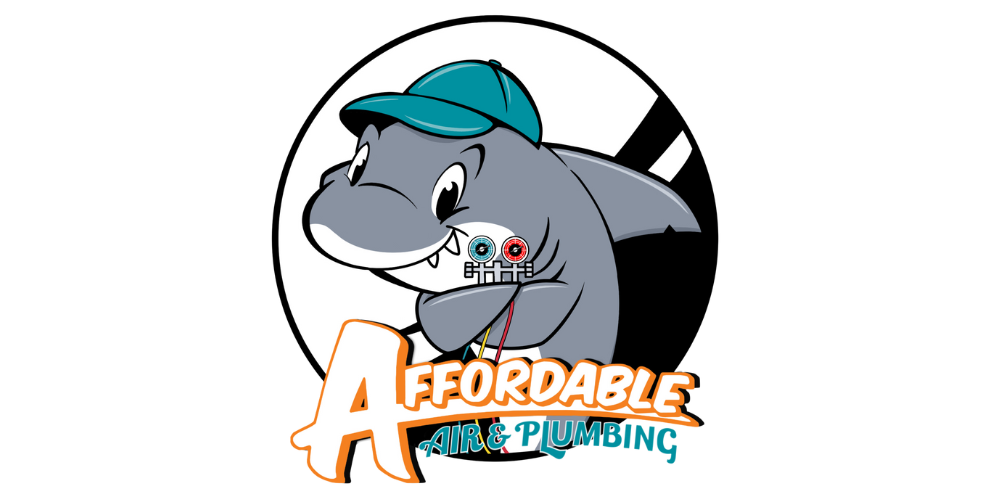Hydro Jetting vs. Snaking: Understanding the Key Differences in Drain Cleaning
When it comes to clearing clogged drains and pipes, two of the most common methods are hydro jetting and snaking. Both techniques have their own benefits and are suited to different types of clogs and plumbing issues. Understanding the differences between hydro jetting and snaking can help you make an informed decision about which method is best for your situation.
What is Hydro Jetting?
Hydro jetting is a method of cleaning pipes using a high-pressure stream of water. This powerful jet of water is sent through the pipes to remove blockages and buildup. The water pressure can range from 3,000 to 8,000 PSI (pounds per square inch), making it effective for removing even the most stubborn clogs and debris.
How Does Hydro Jetting Work?
Inspection: Before hydro jetting, a plumber will usually conduct a video inspection to assess the condition of the pipes and locate the blockage.
Preparation: The plumber will insert a hose with a specialized nozzle into the pipe.
Jetting: High-pressure water is released, blasting away clogs, grease, tree roots, and other debris.
Post-Cleaning Inspection: Another video inspection may be conducted to ensure the pipes are completely clean.
What is Snaking?
Snaking, also known as drain snaking or auguring, involves using a long, flexible metal cable with a corkscrew-like end to break up and remove clogs. The cable is manually or mechanically rotated through the pipe to dislodge the blockage.
How Does Snaking Work?
Insertion: The plumber inserts the snake into the drain or pipe.
Rotation: The snake is rotated to break up the clog.
Removal: The clog is either pulled out with the snake or flushed away through the pipe.
Key Differences Between Hydro Jetting and Snaking
Effectiveness:
Hydro Jetting: Highly effective at completely clearing pipes of all debris, including grease, scale, and tree roots. It also cleans the pipe walls.
Snaking: Effective at breaking up and removing specific blockages but may leave residue on the pipe walls.
Scope:
Hydro Jetting: Suitable for extensive clogs and for cleaning entire pipe systems.
Snaking: Better for localized clogs and smaller blockages.
Pipe Condition:
Hydro Jetting: Can potentially damage older, fragile pipes due to high pressure.
Snaking: Less risky for older pipes as it relies on mechanical force rather than water pressure.
Frequency of Use:
Hydro Jetting: Often used as a preventive measure to keep pipes clean.
Snaking: Typically used as a reactive measure to clear specific clogs.
When to Choose Hydro Jetting
Severe or Stubborn Clogs: When dealing with tough blockages that snaking cannot handle.
Tree Root Invasion: Effective at removing tree roots that have penetrated the pipe.
Regular Maintenance: Ideal for preventive maintenance to keep the entire plumbing system clean.
Grease and Mineral Buildup: Particularly effective for clearing out grease, mineral deposits, and other types of buildup.
When to Choose Snaking
Localized Clogs: Best for simple, localized blockages, such as hair or small debris.
Older Pipes: Safer for older or fragile pipes that might be damaged by high-pressure water.
Cost Considerations: Generally less expensive than hydro jetting, making it a good option for minor clogs or when budget is a concern.
Hydro Jetting vs. Snaking: Which Method Suits Your Situation?
Both hydro jetting and snaking are valuable tools in a plumber's arsenal, each with its own advantages and ideal use cases. Hydro jetting is a powerful, thorough method suitable for severe blockages and preventive maintenance, while snaking is a more straightforward, cost-effective solution for smaller, localized clogs. When faced with a plumbing issue, consulting with a professional plumber can help determine the best method to restore your pipes to optimal function.

